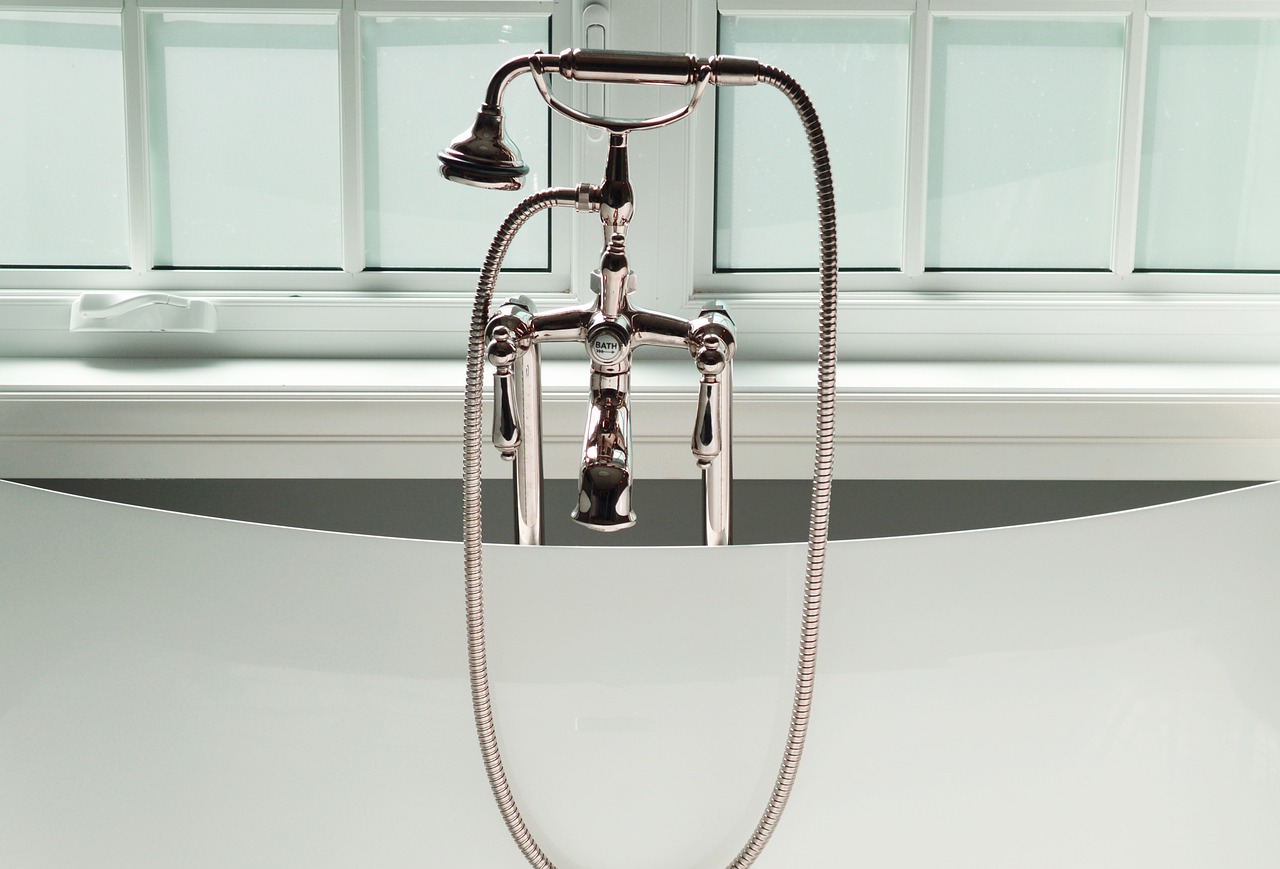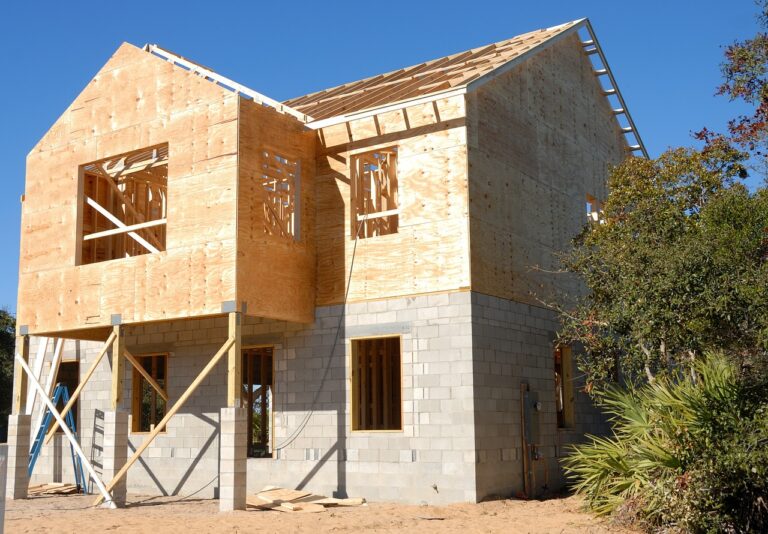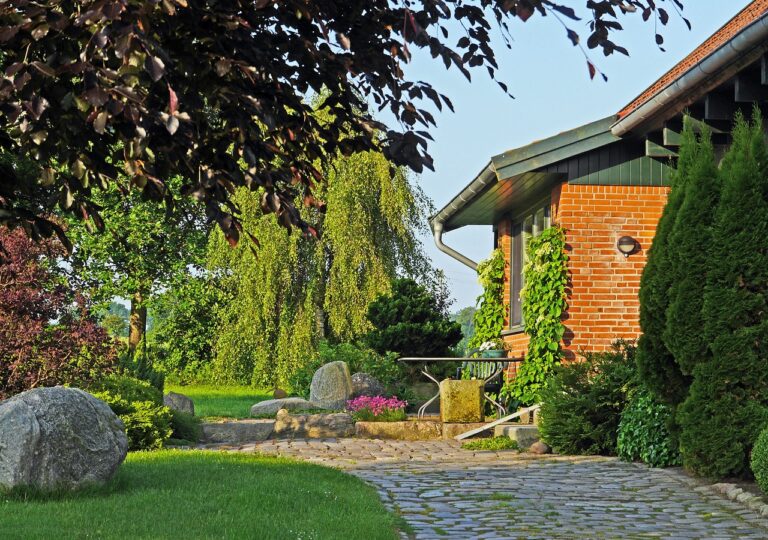Retrofitting Older Homes for Energy Efficiency
Many older homes lack the energy efficiency features found in newer constructions. Retrofitting these homes for energy efficiency can not only reduce utility bills but also decrease the carbon footprint of the household. With the right upgrades, older homes can be just as energy-efficient as newer ones. In this article, we will explore some of the key ways to retrofit older homes for energy efficiency.
Insulation
One of the most crucial steps in retrofitting an older home for energy efficiency is improving insulation. Poor insulation can lead to significant energy loss through walls, floors, and roofs. By adding insulation in these areas, homeowners can prevent heat transfer and reduce the need for heating and cooling.
Sealing Air Leaks
Air leaks can account for a significant amount of energy loss in older homes. By sealing gaps and cracks around windows, doors, and other openings, homeowners can prevent heated or cooled air from escaping. This simple step can lead to substantial energy savings over time.
Upgrading Windows
Older windows are often less efficient than newer, double-paned models. By upgrading to energy-efficient windows, homeowners can improve insulation and reduce energy consumption. Look for windows with low-E glass and proper sealing to maximize energy savings.
Replacing HVAC Systems
Older HVAC systems can be inefficient and costly to operate. By replacing an old furnace or air conditioning unit with a newer, energy-efficient model, homeowners can significantly reduce their energy bills. Regular maintenance is also crucial to keep HVAC systems running efficiently.
Installing Energy-Efficient Appliances
Older appliances can be energy hogs compared to newer, energy-efficient models. By upgrading to ENERGY STAR-rated appliances, homeowners can reduce their energy consumption and save money on utility bills. Look for appliances with high energy-efficiency ratings to maximize savings.
Using Smart Home Technology
Smart home technology can help homeowners monitor and control their energy usage more effectively. By investing in smart thermostats, lighting controls, and other devices, homeowners can optimize energy usage and reduce waste. These technologies can also provide valuable insights into energy consumption patterns.
Conclusion
Retrofitting older homes for energy efficiency is an essential step towards reducing energy consumption and lowering utility bills. By improving insulation, sealing air leaks, upgrading windows, replacing HVAC systems, installing energy-efficient appliances, and using smart home technology, homeowners can make their homes more comfortable and sustainable. With the right upgrades, older homes can be just as energy-efficient as newer constructions.
FAQs
Q: How much does it cost to retrofit an older home for energy efficiency?
A: The cost of retrofitting an older home for energy efficiency can vary depending on the size of the home and the extent of the upgrades. However, homeowners can typically expect to recoup their investment through energy savings over time.
Q: Will retrofitting an older home for energy efficiency increase its resale value?
A: Yes, energy-efficient upgrades can increase the resale value of a home. Many buyers are willing to pay more for a home with lower energy costs and a smaller carbon footprint.







